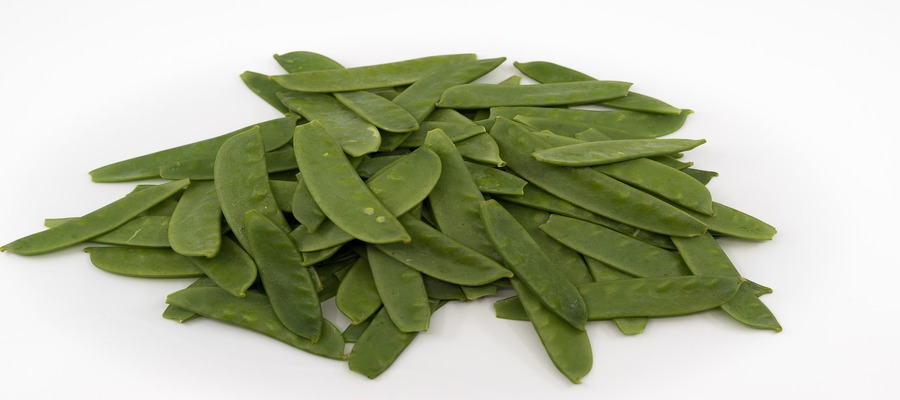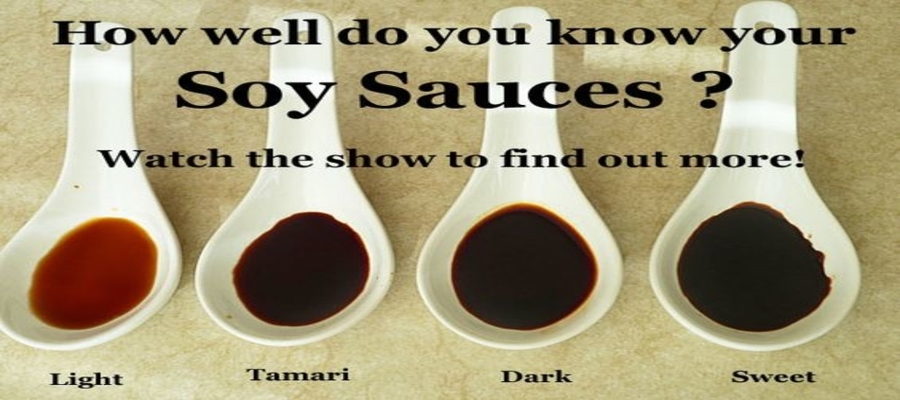Peas – or beans come in different varieties with sugar snap peas and snow beans topping the list as the most popular. These two varieties are somewhat confusing, and many people mistake one for the other. Some even allege that they are the same. But that is not true as you will soon find out by the time you read this article to the end. Both leguminous plants are moderately sweet and belong to the same family. This is where their similarities end.

image source: Pixabay.com
Snow beans
Snow beans have been grown for many centuries and are sometimes called “Chinese pea pods.” The beans come with flat pods and the peas inside are tiny. In most cases, these pods are harvested before the peas reach full maturity. The entire pod is edible; however, you may have to remove the tough strings along the edges before eating them. Snow beans can be served raw or cooked and come with a mild flavor. They can withstand snow and frost, meaning that they are available throughout the year. However, the peak season of this legume is spring through the onset of winter. Some individuals believe that the name “snow beans” was coined because of the plant’s ability to endure harsh winter conditions.
Sugar snap peas
Snap peas – or sugar snap peas is a hybrid of the garden pea and the snow pea in the ‘70s. The garden pea is a sweet legume that is somewhat tastier than snow beans but has a tough outer pod. As a result, garden peas need to be shelled before they can be consumed. Crossing snow beans and garden peas, therefore, gives the best of both worlds. The result? Snap peas, which are sweet, do not require the additional work of shelling or disposing of the pods before eating. Snap peas look more rounded compared to the thick flatness of the snow beans. However, they also sport the same type of tough string on the edge of the shell. The tough string must be removed before it is eaten. The peak season of sugar snap peas is March through April, though it is also available all year-round.
image source: Pixabay.com
Taste differently
Both snow beans and snap peas have similar flavors, but their level of sweetness differs. Snow beans are crisp and decidedly sweeter than its counterpart, the sugar snap peas. Both legumes are considered the most flavorful of all varieties of peas.
Nutritional profiles and benefits
Both snow beans and snap peas possess identical nutritional profiles. A 100-gram serving of either snow beans or snap peas provide the following:
- Protein: 2.8 grams
- Fiber: 2.6 grams
- Carbs: 7.5 grams
- Calories: 42
- Magnesium: 6% of the DV (Daily Value)
- Manganese: 12% of the DV
- Vitamin A: 22% of the DV
- Phosphorus: 5% of the DV
- Vitamin C: 100% of the DV
- Potassium: 6% of the DV
- Vitamin K: 31% of the DV
- Folate: 10% of the DV
How to enjoy snow beans
Snow beans are available frozen and fresh. The best way to enjoy this legume is to remove the tough strings around the pod and eat it raw. You can dip it in yogurt vegetable dip. Snow beans can be used as a great addition to a variety of salads.
Wrap up
As you can see, snow beans and sugar snap peas may belong to the same family, but they are different. They have the same nutritional profiles and benefits, but they taste differently.



